Space And The Universe News
-
Webb Could Detect if Supermassive Black Holes Formed Directly
by Mark Thompson (https://www.universetoday.com/authors/mark) on June 29, 2025 at 6:38 pm

An unfolding mystery is how early supermassive black holes got so big, so early. Their high mass is tough to explain through a ladder of mergers; instead, astronomers suggest they could have formed directly from huge clouds of gas. In a new paper, researchers propose the signals these directly-forming supermassive black holes might emit, and how they could even be detectable by James Webb before they collapse.
-
What Islands Can Teach Us About Planetary Protection
by Mark Thompson (https://www.universetoday.com/authors/mark) on June 29, 2025 at 6:38 pm

As Charles Darwin explored the Galapagos Islands, he discovered how the different islands allowed for different species to thrive. This is very similar to our current exploration of the Solar System; individual worlds, separated by the vacuum of space. The similarities provide a new insight into predictin planetary contamination risks and improve protection methods. A new paper by Daniel J. Brener and Charlesg S. Cockell uses the spread of life to new islands as a powerful model for rethinking how we prevent Earth's microbes from contaminating other worlds, shifting focus from probability calculations to whether microbes can actually survive in alien environments.
-
If We Can't Detect the First Stars, Maybe We Can See Their First Galaxies
by Mark Thompson (https://www.universetoday.com/authors/mark) on June 29, 2025 at 6:38 pm

Population III stars are the first generation that formed in the Universe, made from pristine hydrogen and helium, without any heavier "metals." They're difficult to find, surrounded by the early cosmic fog and lasting for only a few million years, but a new paper proposes that Webb could detect the pollution from these first stars as they're enriching the gas around them. There would be a hybrid phase when the first galaxies could contain second-generation stars and the polluted gas from the first stars.
-
Reorienting MRO Massively Increases Its Subsurface Scanning Power
by Andy Tomaswick (https://www.universetoday.com/authors/andy-tomaswick) on June 29, 2025 at 6:38 pm
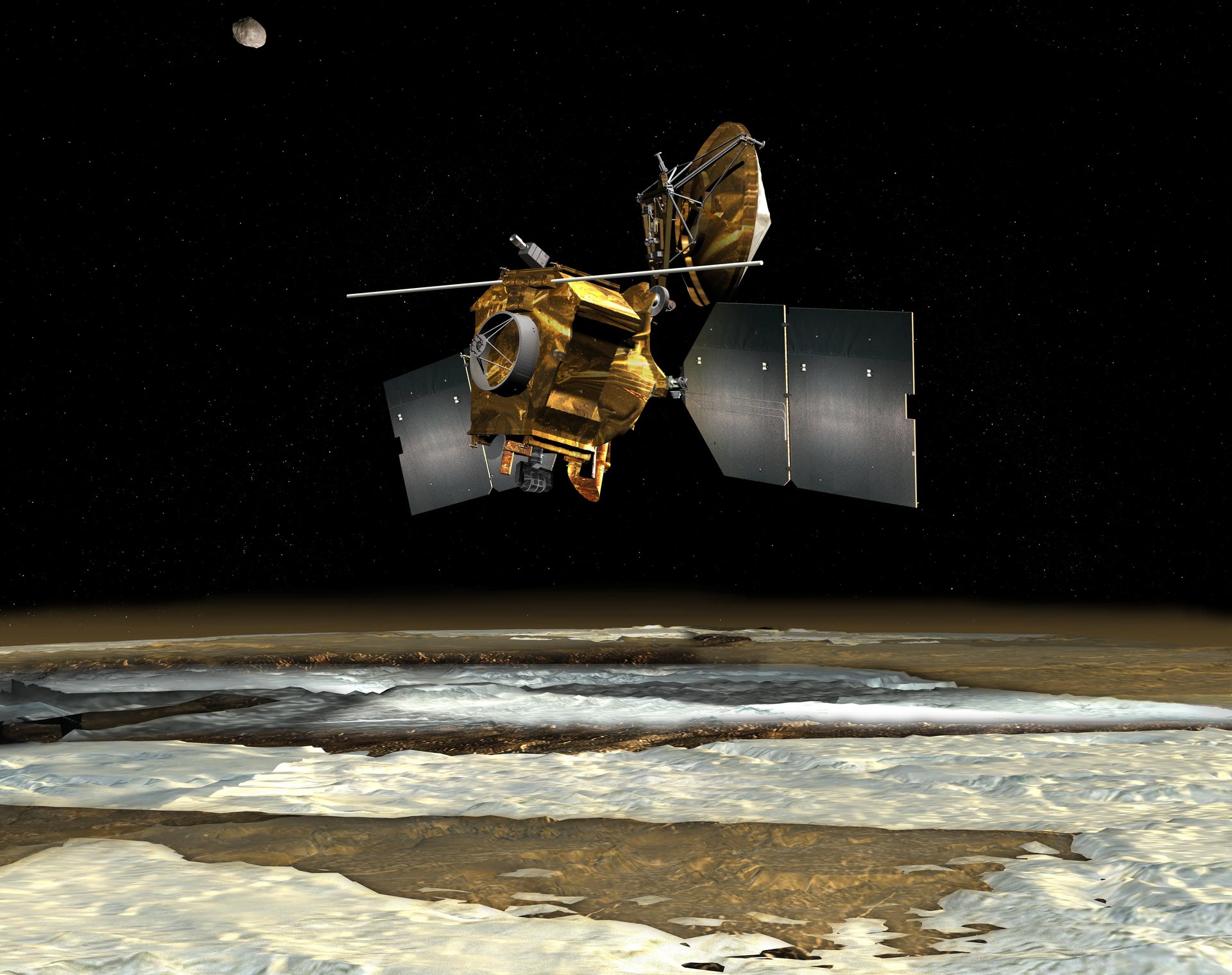
Orientation is more important than most people thing when it comes to sensing. A common example would be when the lasers of a garage door are mis-aligned, forcing the door to remain open until they are brought back in line. But when it comes to scientific sensors, orientation is even more important. So it was with great fanfare that NASA announced a new way to orient sensors on one of the most venerable of its spacecraft - the Mars Reconnaissance Orbiter (MRO) - and the resultant scientific discoveries it enabled.
-
Citizen Scientists Help Discover 8,000 New Eclipsing Binaries
by Andy Tomaswick (https://www.universetoday.com/authors/andy-tomaswick) on June 29, 2025 at 6:38 pm
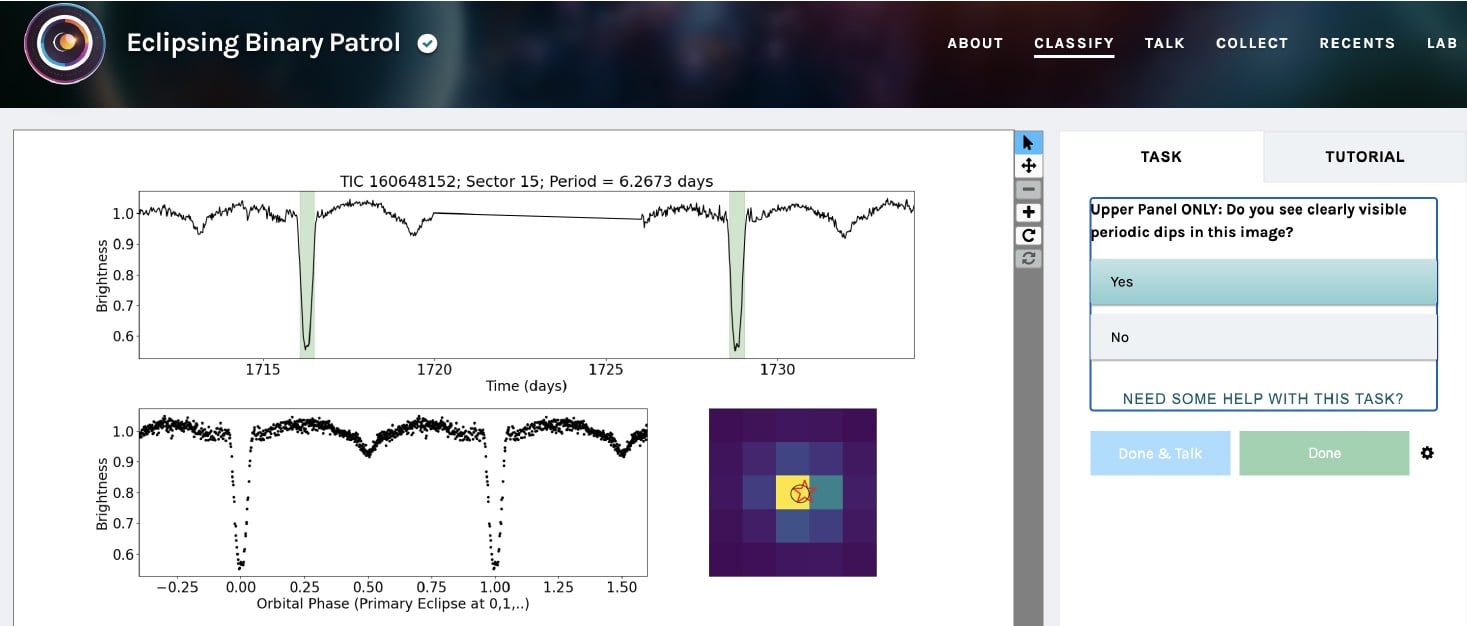
Despite the proliferation of AI based research lately, sometimes researchers need a human eye to make true discoveries. That collaboration was in evidence in a recent paper by Dr. Veselin Kostov, a research scientist at the SETI Institute and NASA’s Goddard Space Flight Center, who led a team of almost 1,800 to review a dataset from the Transiting Exoplanet Survey Satellite (TESS) that led to the discovery of almost 8,000 new eclipsing binary systems.
-
Cryovolcanism and Resurfacing on Pluto’s Largest Moon, Charon
by Laurence Tognetti, MSc (https://www.universetoday.com/authors/laurencetognetti) on June 29, 2025 at 6:38 pm
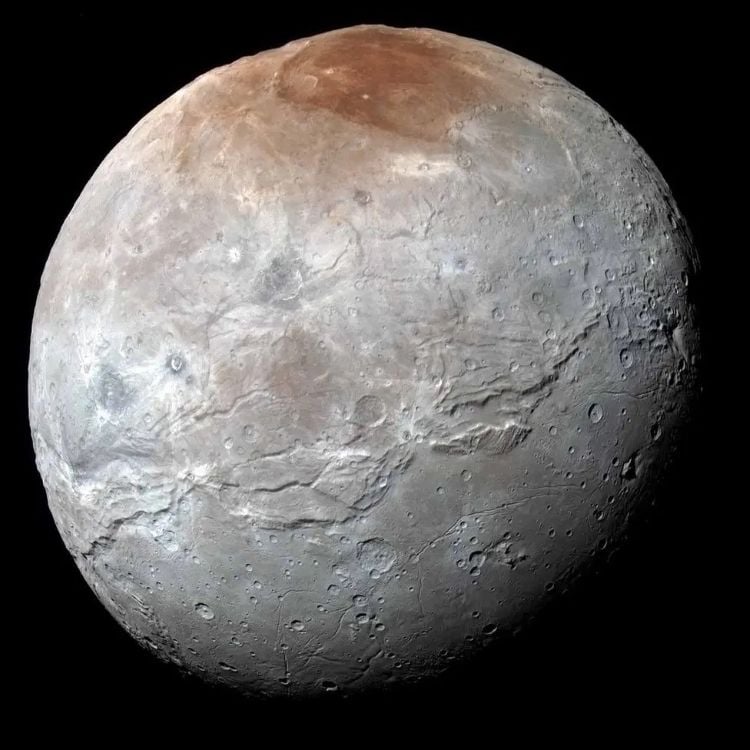
What processes during the formation of Pluto’s largest moon, Charon, potentially led to it having cryovolcanism, and even an internal ocean? This is what a recent study presented at the 56th Lunar and Planetary Science Conference hopes to address as a team of researchers investigated the formation and evolution of Charon to ascertain whether it once possessed an internal ocean during its history and if this could have led to cryovolcanism based on images obtained by NASA’s New Horizons probe.
-
In Situ Resource Utilization and the Importance of Lunar Ice for Artemis III
by Laurence Tognetti, MSc (https://www.universetoday.com/authors/laurencetognetti) on June 29, 2025 at 6:38 pm
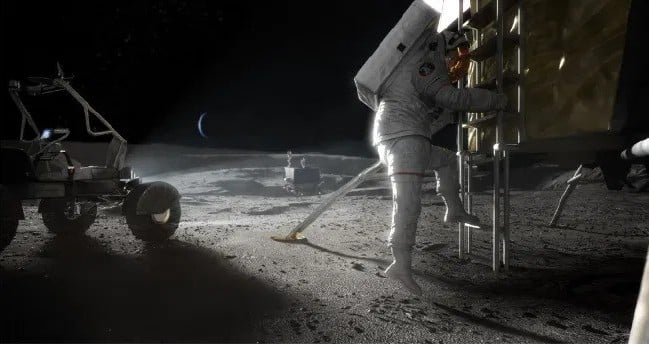
What is the importance of studying and utilizing lunar polar volatiles during the Artemis program, and specifically for first crewed mission, Artemis III? This is what a recent study presented at the Lunar and Planetary Science Conference hopes to address as an international team of researchers investigated using lunar polar volatiles for in situ resource utilization (ISRU) purposes. In geology, volatiles are substances that vaporize at low temperatures, and examples include water, carbon dioxide, and sulfur dioxide. In the case of the Moon, key volatiles are water located in permanently shadowed regions (PSRs) at the lunar south polar region.
-
The Presence of Certain Minerals May Explain Why the Lunar Farside and Nearside are so Different
by Evan Gough (https://www.universetoday.com/authors/ion23drive) on June 29, 2025 at 6:38 pm
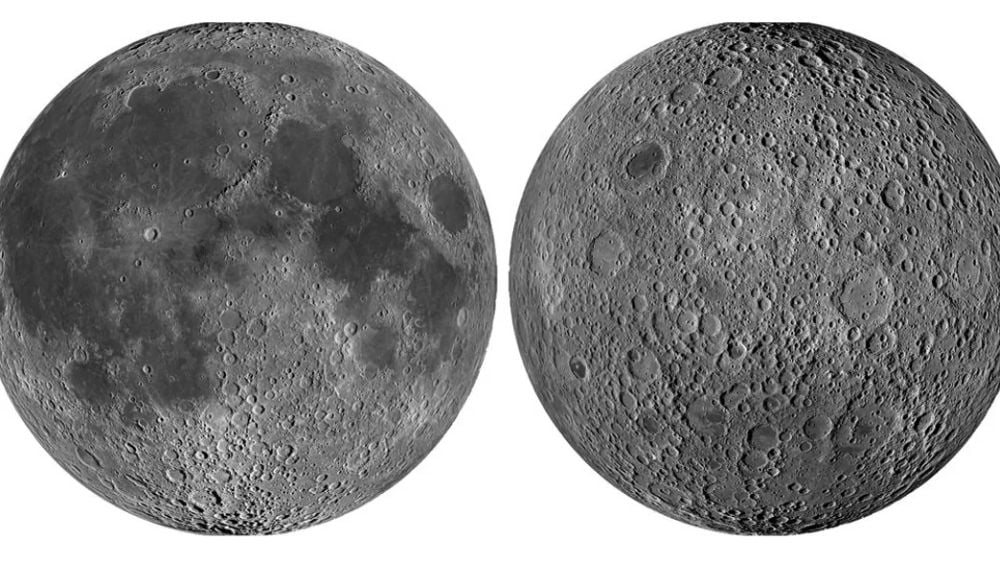
Why does the Moon have two different faces?. That question frames the lunar dichotomy: The nearside that faces us is different than the lunar farside. Scientists have worked hard to understand why that is, and new research says that the presence of certain minerals could explain why.
-
Webb Directly Images A Saturn-Sized Star In A Nearby System
by Andy Tomaswick (https://www.universetoday.com/authors/andy-tomaswick) on June 29, 2025 at 6:38 pm
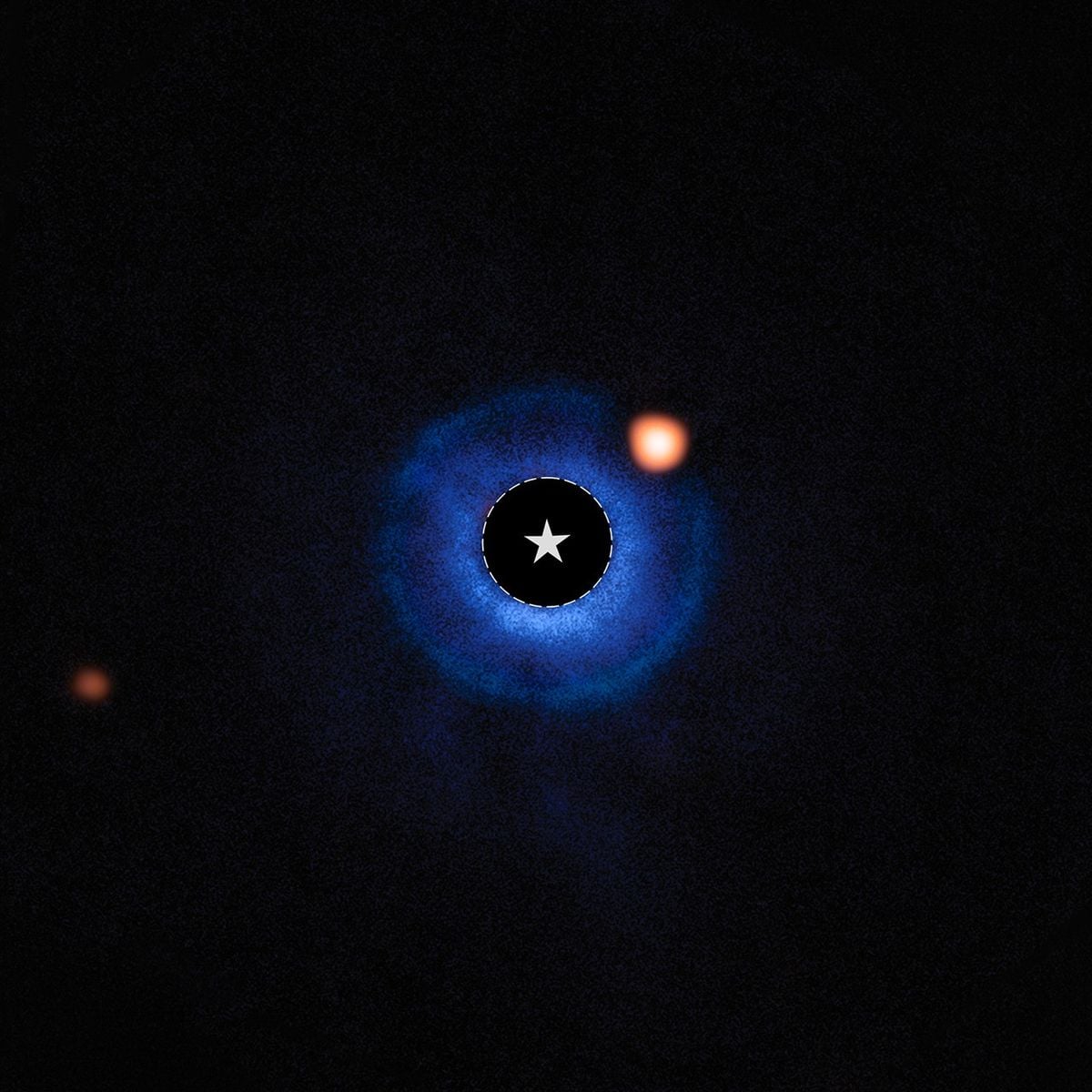
One of Webb’s strong points is its ability to directly image planets around another solar system. The telescope has been in operation for long enough now that a flood of those images are starting, as more and more systems come under the telescope’s gaze. One of those is described in a recent paper and press release from NASA. According to the paper, the planet in a nearby system is about the size of Saturn, which would make it the smallest planet ever found by direct observation.
-
Astronomers Explore Different Physics on Simulated Clones of the Milky Way
by Carolyn Collins Petersen (https://www.universetoday.com/authors/cc-petersen) on June 29, 2025 at 6:38 pm
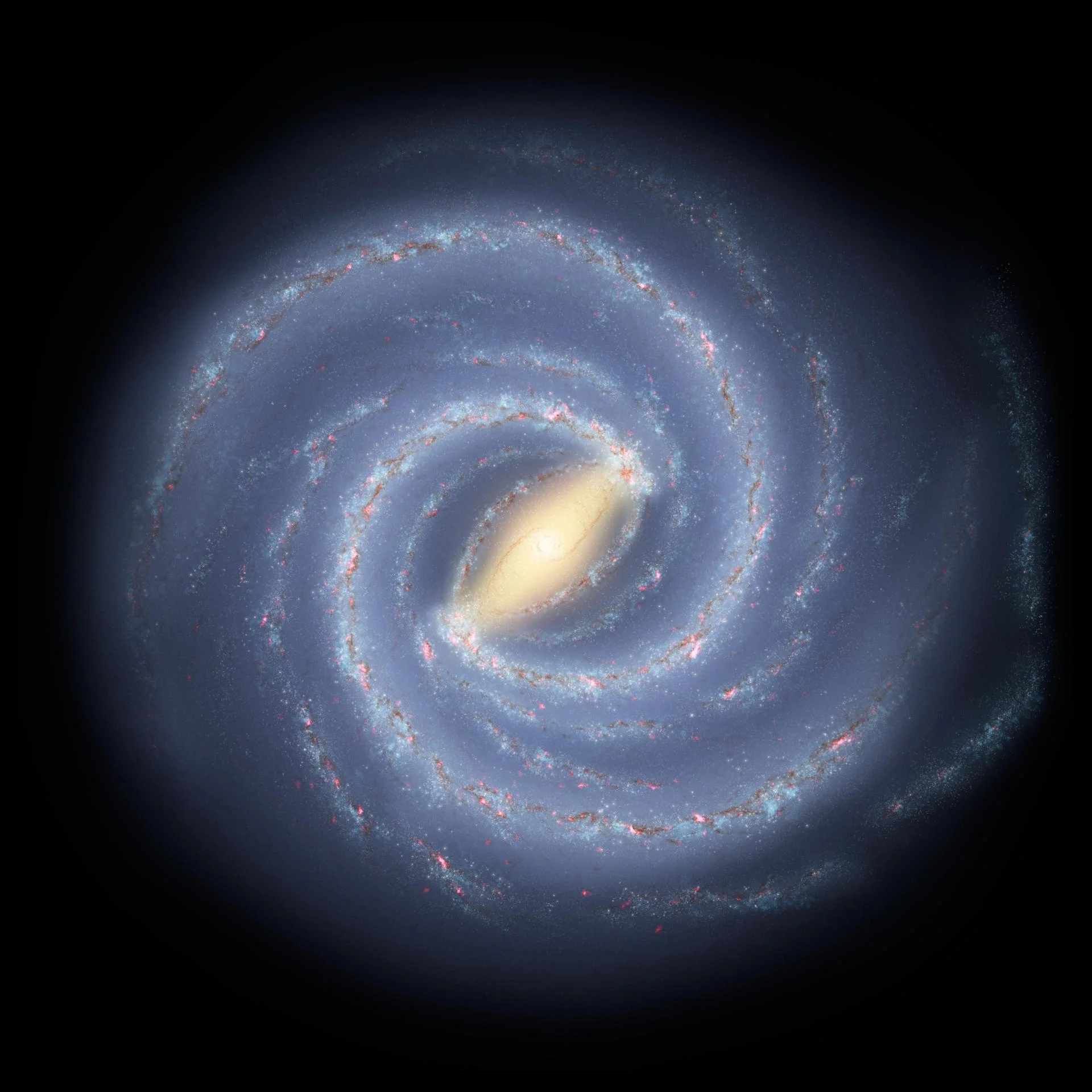
How do you search for a substance that doesn't give off any kind of light, but its gravitational influence shapes galaxies? That's the challenge researchers face as they try to find and explain the mysterious substance called dark matter. They're wrestling with an invisible "something" that appears to make up much of all matter in the Universe.